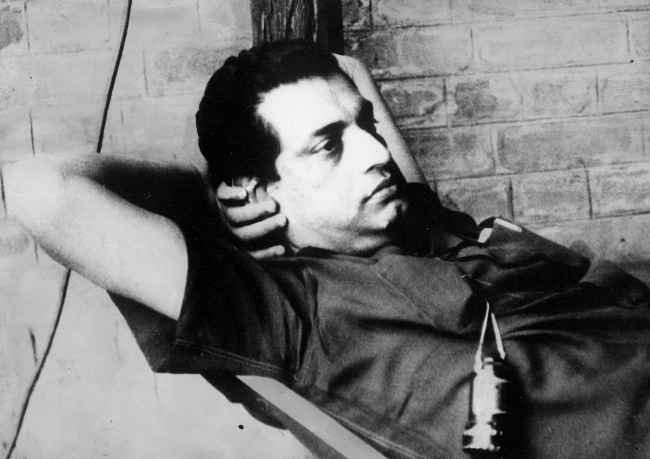Earlier this week, Nike shared a letter from its founder Phil Knight on its social media channels. In the letter, Knight celebrated the 50th anniversary of a make-or-break moment in his company’s history. On May 1, 1972, Onitsuka Co, the Japanese shoemaker whose shoes Nike (then called Blue Ribbon Sports) had been licensing for the U.S. market, terminated their contract with Knight’s company. “What could have been a gut punch, was a royal kick in the butt that pushed us forward,” Knight recounts.
Make Its Own Products
The split from Onitsuka forced Knight, who had already been looking at alternative suppliers as the relationship with Onitsuka soured, to double down on his efforts to make his own line of shoes. And while the first shoes carrying the famous Swoosh – soccer boots from a Mexican factory that Knight planned to sell as football boots – were a failure, the Nike brand was born. “We had a dream, our love for sports, a ton of ambition, a trunk full of running shoes, and a big Swoosh on all of them,” Knight writes.
The World’s Largest Footwear Company
Back in 1972, Blue Ribbon Sports was constantly strapped for cash, with $1.3 million in annual sales according to Knight’s (highly recommended) memoir “Shoe Dog”. 50 years later, Nike is the world’s largest sportswear company with $44.5 billion in annual sales. In other words, it now takes Nike roughly 15 minutes to match what it sold in a year in 1972. As the following chart shows, Nike’s growth story had very few setbacks along the way with sales never declining for more than a year at a time.
Sales Grew 96%
Nike finished its fiscal year that ended on March 31 with a flourish. The sportswear giant beat analyst expectations as fourth-quarter sales grew 96 percent compared to the previous year and 21 percent compared to the fourth quarter of fiscal 2019, which is a better gauge of performance as last year’s May quarter was heavily impacted by COVID-related store closures. Full-year revenue was up 19 percent to $44.5 billion, while net income more than doubled to $5.7 billion. The results were once again driven by strong growth of Nike’s direct-to-consumer business, which saw sales increase by 32 percent for the full fiscal year, compared to 12 percent growth in sales to wholesale customers.
Cutting The Middleman
The latest results are a continuation of a longer-term trend that sees Nike, like other industry heavyweights, cut out the middle man and move more and more towards selling directly to consumers, at the expense of traditional retailers. As the following chart shows, the percentage of direct-to-consumer sales in total Nike brand sales more than doubled over the past decade, climbing from 15 percent in 2010 to 39 percent in the fiscal year 2021. In the meantime, direct-to-consumer sales grew more than six-fold in absolute terms, from $2.5 billion in 2010 to $16.4 billion in 2021. The steep increase in direct sales is largely driven by sales across Nike’s digital platforms, which accounted for 21 percent of Nike brand sales last year.
“FY21 was a pivotal year for Nike as we brought our Consumer Direct Acceleration strategy to life across the marketplace,” John Donahoe, President & CEO of Nike said. Now approaching 40 percent, Nike aims for direct sales to represent 60 percent of its business by 2025, with the share of digital direct sales expected to double from 21 to around 40 percent. Earlier this year, Nike’s largest competitor Adidas had announced a similar initiative called “Own the Game”, under which the German sportswear giant plans to reach 50 percent direct-to-consumer sales by 2025.













